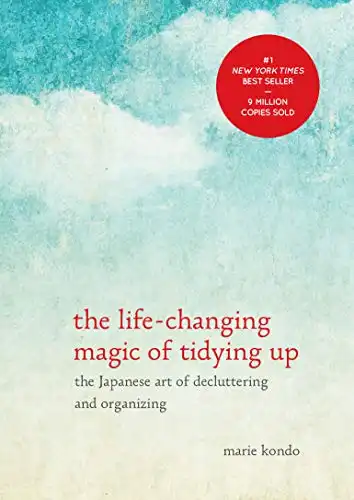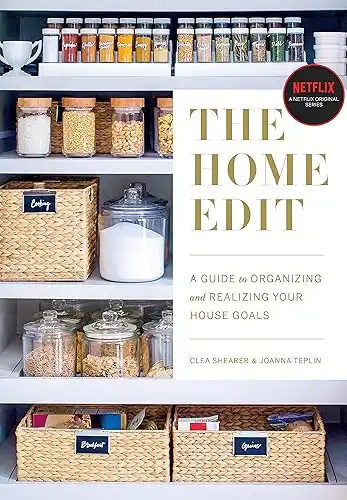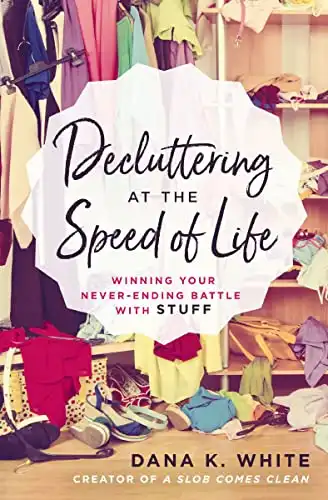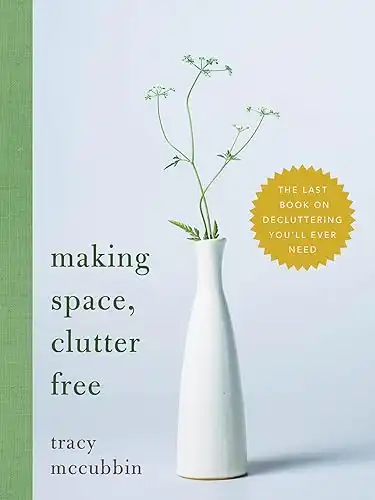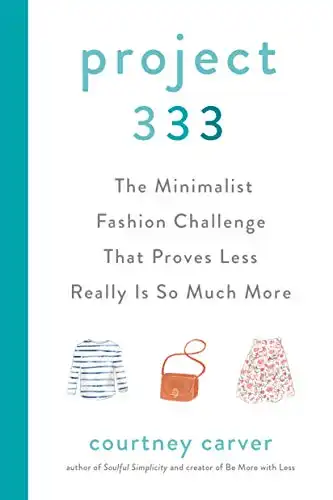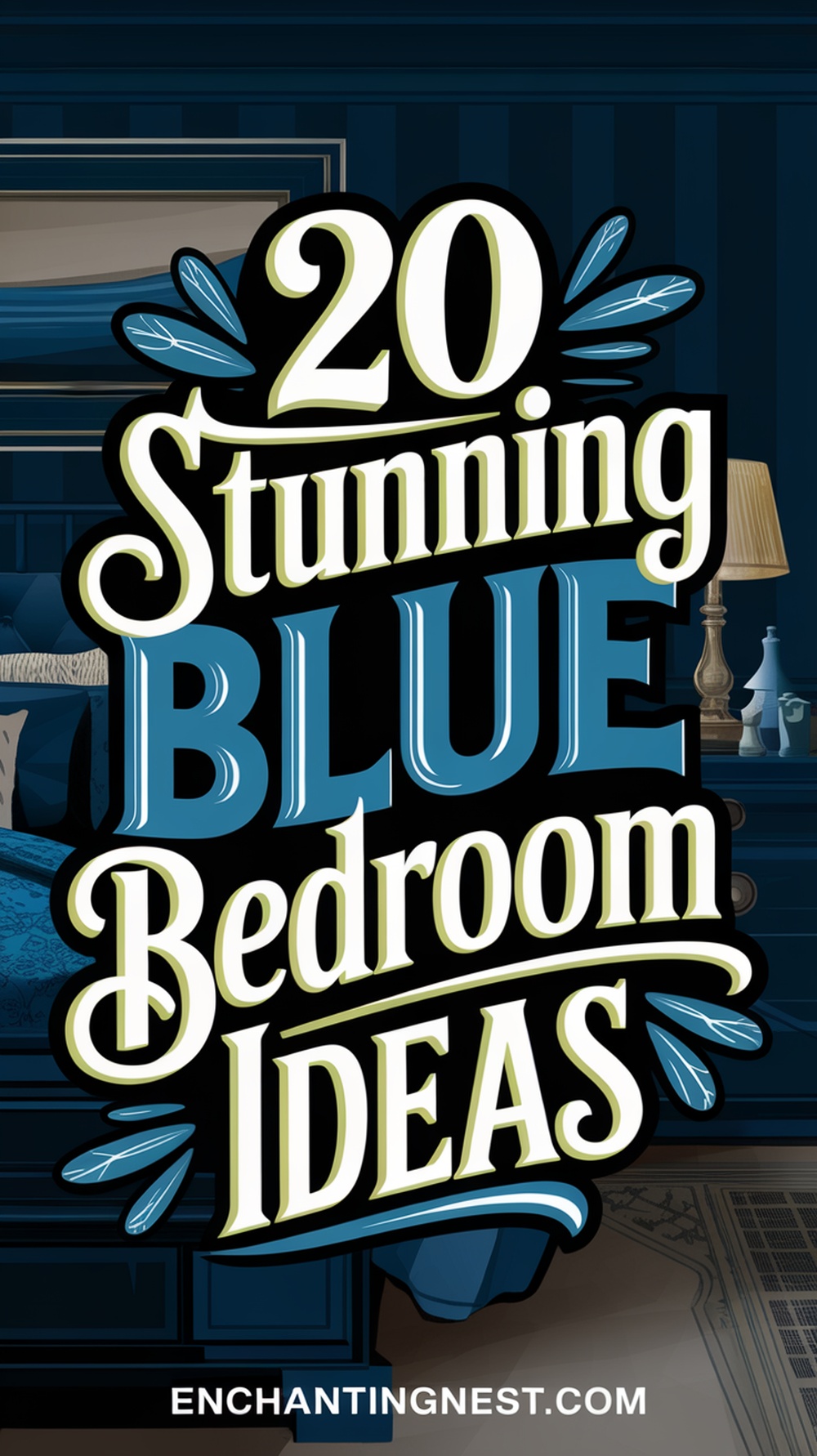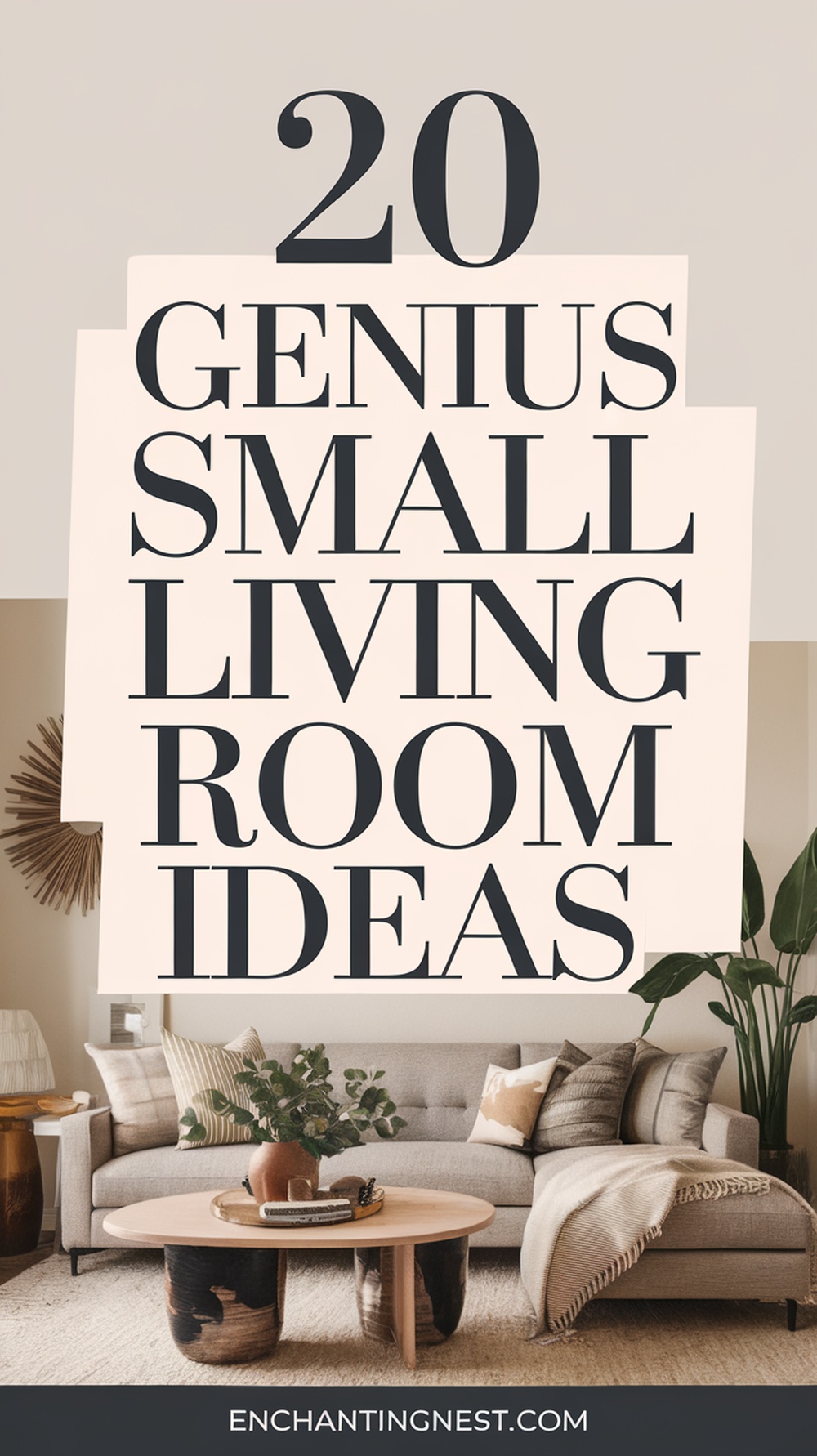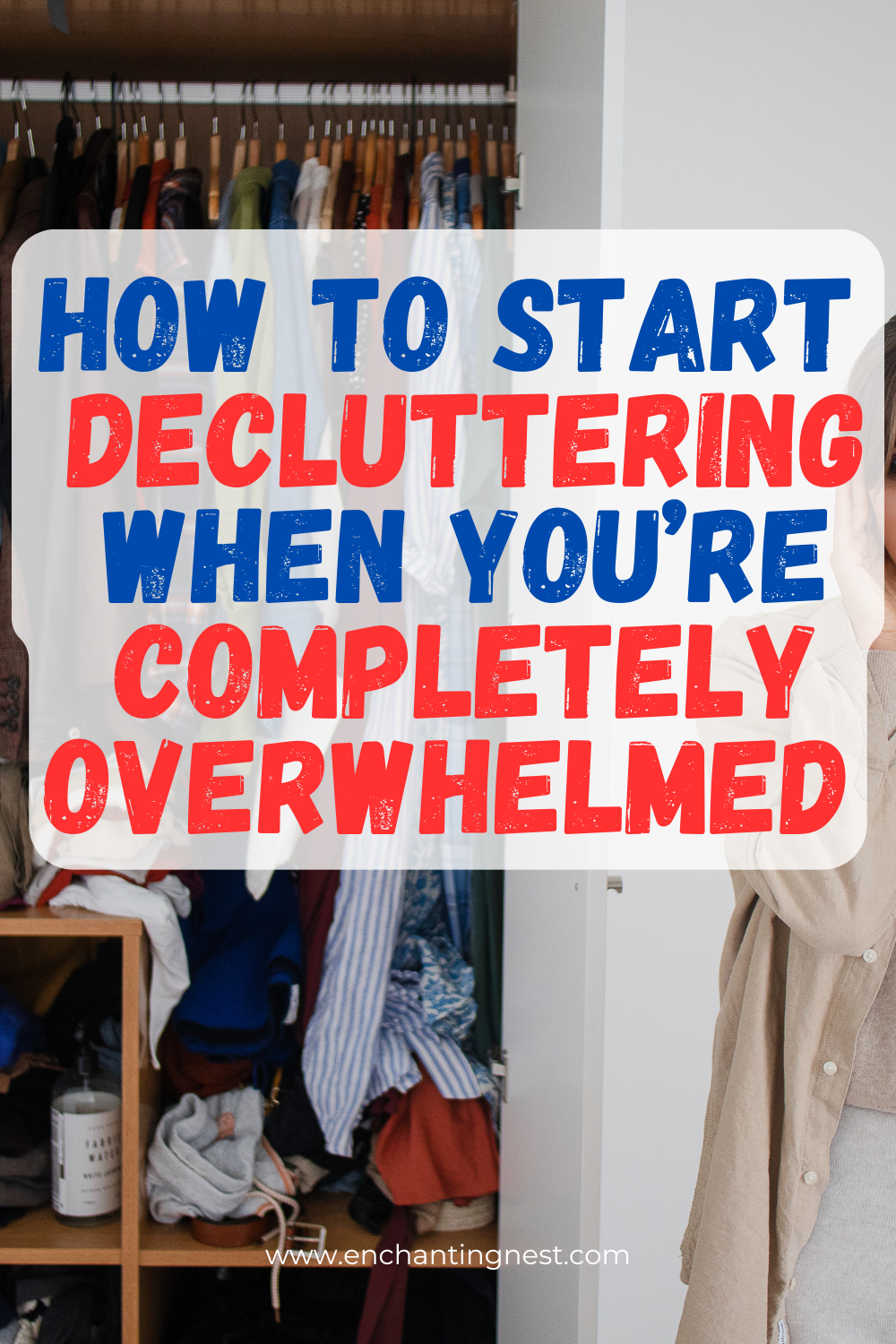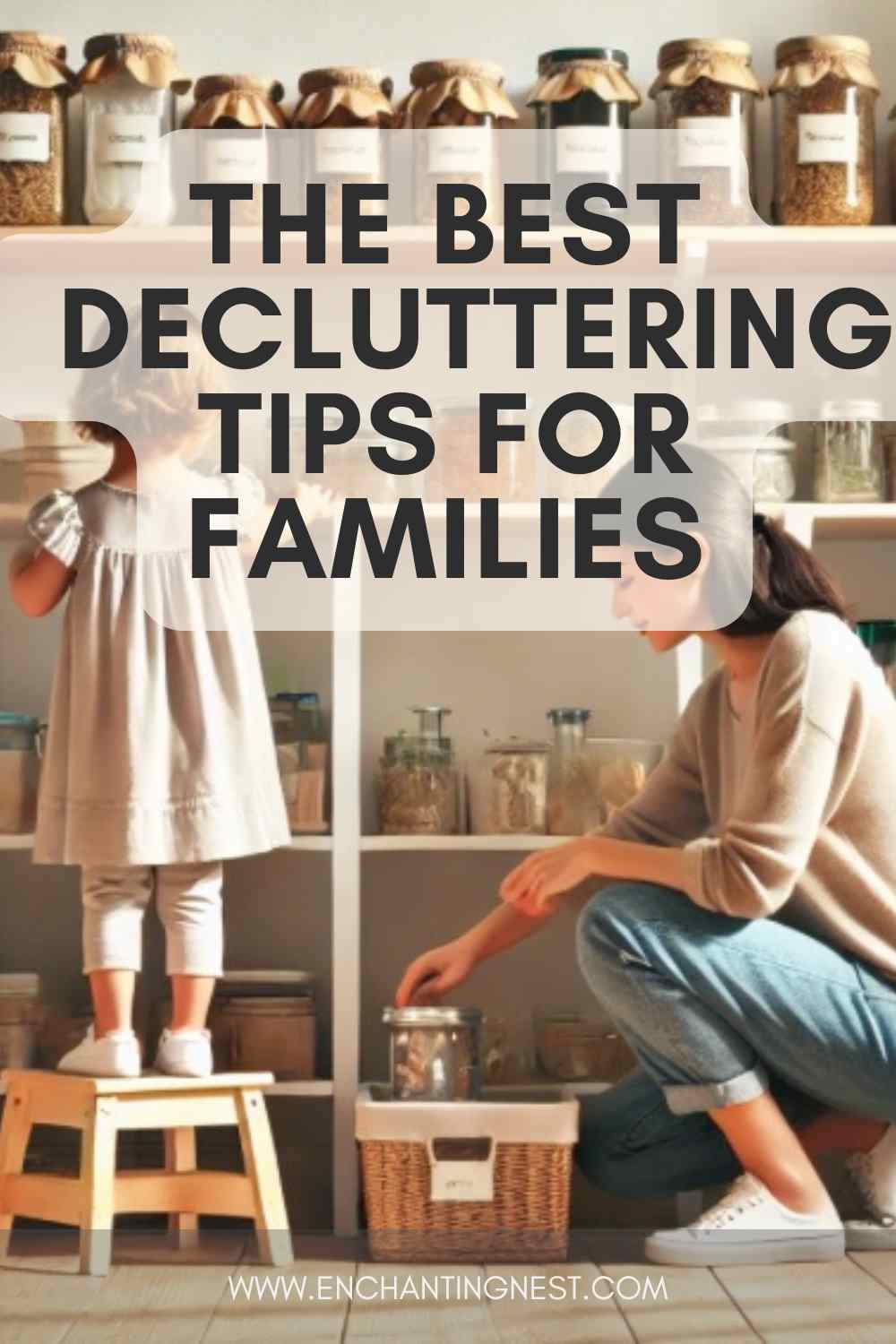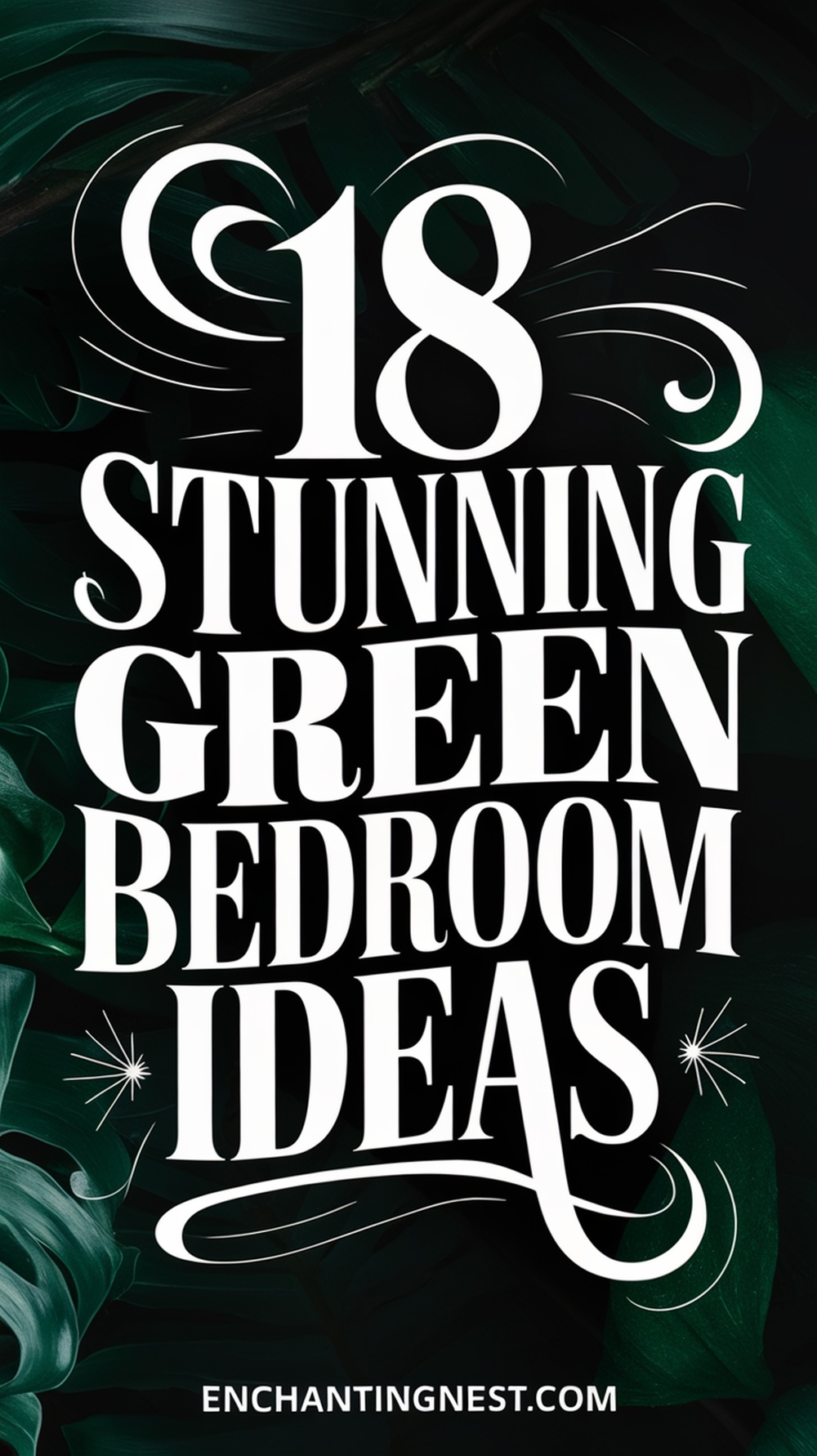The Best Books on Decluttering: Transform Your Space and Life
When I first started my decluttering journey, I felt completely overwhelmed by the mountain of stuff in my home. Sound familiar? That’s exactly why I dove into every decluttering book I could find! Books about decluttering aren’t just guides – they’re like having a personal mentor walking you through the process. Did you know that the average American home has over 300,000 items? That statistic hit me hard, and it might explain why you’re here too. After years of studying and applying various decluttering methods, I’ve compiled this curated list of the most impactful books that can truly transform your space and mindset.
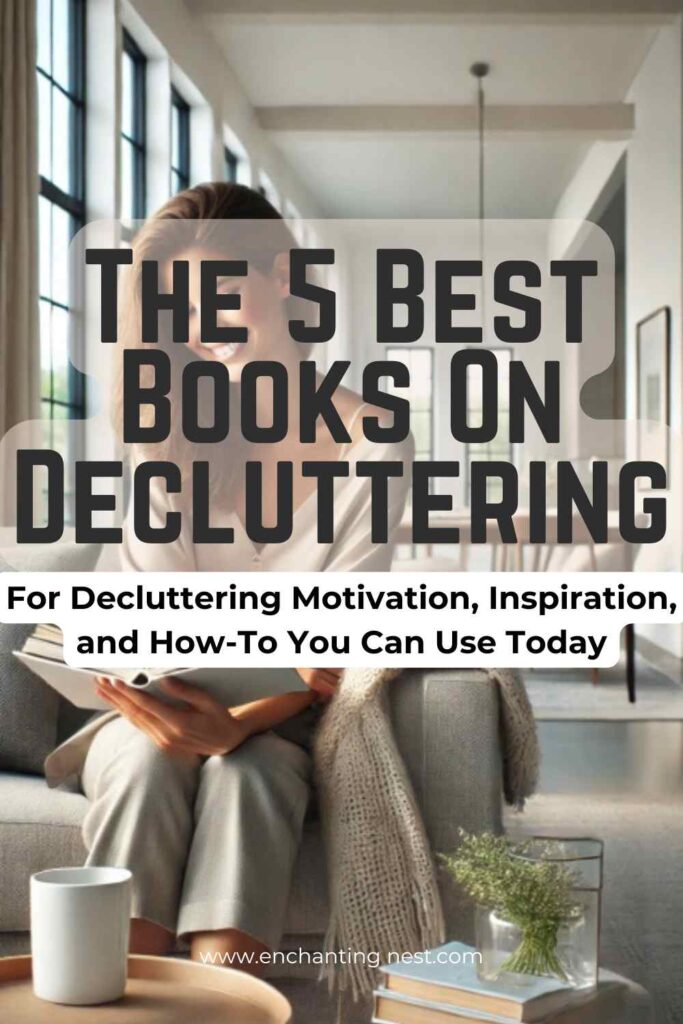
Best Decluttering Books By Category
Before diving into the detailed reviews, let me help you find the perfect book for your specific situation. After spending countless hours with these books (and yes, decluttering my own book collection in the process!), I’ve identified which ones work best for different decluttering challenges.
| Product Image | Product Name / Our Rating / Price | Primary Button |
|---|---|---|
|
||
|
||
|
Best Overall Decluttering Book: The Life-Changing Magic of Tidying Up by Marie Kondo
Kondo’s method provides the most comprehensive and transformative approach to decluttering that works across all living situations and clutter types. The “spark joy” concept, while simple, creates a clear decision-making framework that eliminates the endless “maybe I’ll need this someday” debate. What really sets this book apart is how it addresses both the practical and emotional aspects of decluttering while providing a clear, systematic approach.
Best for Small Spaces: The Home Edit by Clea Shearer and Joanna Teplin
Their focus on maximizing every inch of space through creative organization solutions makes this ideal for apartment dwellers or anyone with limited storage. The detailed sections on creating zones and utilizing vertical space are game-changers for small homes, and their emphasis on beautiful, functional systems helps maintain motivation when space is tight.
Best for Busy Families: Decluttering at the Speed of Life by Dana K. White
White’s realistic approach acknowledges that life doesn’t stop for decluttering projects, making it perfect for parents and busy professionals. Her “container concept” is particularly brilliant for families because it creates natural limits that even kids can understand, and her strategies work even if not everyone in the household is on board with decluttering. The bite-sized approach means you can make progress in as little as 5 minutes.
Best for Emotional Declutterers: Making Space, Clutter Free by Tracy McCubbin
McCubbin’s deep dive into the emotional aspects of clutter and her identification of seven specific “clutter blocks” makes this perfect for anyone who struggles with sentimental items or shopping habits. Her compassionate approach helps readers who feel overwhelmed by the emotional weight of their possessions, and the structured exercises provide practical ways to work through attachment to items.
Best for Sustainable Living: Project 333 by Courtney Carver
While focused on clothing primarily, this book provides the best framework for creating lasting change in your relationship with possessions. Carver’s approach helps readers break the cycle of consumption and create sustainable habits that prevent clutter from returning. Which, as you may have learned the hard way (I definitely did!), can be one of the trickiest parts about decluttering. The principles can be applied well beyond the closet, making it excellent for anyone interested in long-term minimalism.

The Life-Changing Magic of Tidying Up by Marie Kondo
Marie Kondo’s iconic book revolutionized how we think about our belongings, and it’s still incredibly relevant in 2025. When I first picked up this book, I was skeptical about talking to my socks – but trust me, the KonMari method works in mysterious ways! What sets this book apart is its almost spiritual approach to tidying, treating it as a special event rather than a daily chore.
I remember the first time I tried the KonMari folding method in my overcrowded dresser. It took me almost three hours just to fold one drawer of clothes, but when I finished, I literally gasped! I could see every single piece of clothing at once, and somehow, my cluttered drawer now had extra space. That moment changed everything for me.
Key Takeaways
- Joy-checking is more reliable than practicality-based decisions. I’ve found that items that truly spark joy tend to be the ones we actually use and appreciate long-term.
- Tidying by category rather than location prevents the “shuffling game” where items never truly get organized.
- Proper folding and storage techniques can literally double your available space while making items more accessible.
Kondo’s Unique Perspective
What makes Kondo’s approach revolutionary is her view that tidying is a one-time, special event rather than an ongoing process. She believes that once you experience the perfect order of a truly tidy space, you’ll be transformed and never revert to clutter. While this might sound idealistic, I’ve found there’s truth to it – once you experience the peace of a clutter-free space, you become much more intentional about what you allow into your home.
#1 Practical Tip for Everyday Application
Start with clothes, but here’s the game-changing detail many people miss: gather EVERY single piece of clothing you own into one pile first. Don’t skip the off-season stuff in storage or that fancy dress in the back of the closet. The shock of seeing your entire clothing collection in one mountain is incredibly motivating, and it makes it much easier to make decisive keep-or-discard choices. It took me six hours to go through my clothing mountain, but I ended up letting go of 60% of my wardrobe, and I haven’t missed a single piece!
Clear Your Clutter with Feng Shui by Karen Kingston
This book opened my eyes to the connection between our physical space and mental well-being. Kingston expertly weaves together practical decluttering advice with ancient wisdom. I was initially skeptical about the whole energy concept, but after applying her principles to my home office, I noticed an immediate difference in my productivity and mood.
The book’s approach to clutter as stagnant energy really clicked for me when I tackled my garage. It had become a dumping ground for unfinished projects, and Kingston’s explanation of how this was blocking new opportunities in my life motivated me to finally clear it out. Within weeks of clearing that space, I found myself completing long-postponed projects and feeling more energetic overall.
Key Takeaways
- Clutter creates stagnant energy that can affect everything from your career to your relationships.
- The spaces where clutter accumulates often correspond to specific areas of your life that feel stuck.
- Physical clutter clearing can catalyze major life changes and personal transformation.
Kingston’s Unique Perspective
Kingston approaches decluttering as an energy clearing practice rather than just a practical task. She believes that our spaces are alive with energy (chi), and clutter disrupts its natural flow. What makes her approach unique is how she connects specific types of clutter to particular life challenges – for instance, linking cluttered bedrooms to relationship issues or messy offices to career stagnation.
#1 Practical Tip for Everyday Application
Start with your bedroom doorway and clear a path at least three feet wide to your bed. Kingston explains that this is the primary pathway for energy to reach you while you sleep. When I did this, I was amazed at how much better I slept! It’s a small change that takes about 30 minutes but can have immediate benefits. The key is to maintain this clear pathway permanently – no more clothes draped over exercise equipment or storage boxes creating obstacles!
Decluttering at the Speed of Life by Dana K. White
When I discovered this book, it was like White had been secretly watching my failed decluttering attempts! Her approach completely changed how I think about decluttering in the midst of a busy life. Finally, someone who understands that we can’t press pause on life to get organized!
I remember trying to implement her “container concept” in my kids’ playroom. Instead of the usual “let’s sort everything into perfect categories” approach, we simply defined the available space as our container. When the toys didn’t fit, my children actually made better decisions about what to keep because they could see the physical limitations of their space.
Key Takeaways
- Your space is a container with finite limits – items must fit within those limits, period.
- Progress doesn’t require huge blocks of time – even five minutes can move you forward.
- Start with visible spaces first to build momentum and motivation.
White’s Unique Perspective
White revolutionizes decluttering by focusing on working with your natural habits rather than against them. She believes that the perfect organization system is the one you’ll actually maintain, not necessarily the one that looks best on Pinterest. Her approach is particularly refreshing because it acknowledges that decluttering happens in the midst of real life, not in a perfect bubble.
#1 Practical Tip for Everyday Application
Start with the “visibility rule” – deal with visible clutter first, even if you know there’s worse chaos hiding in closets or drawers. When I focused on clearing just my visible countertops first, the immediate impact on my daily stress levels was incredible. It took just 20 minutes a day for a week, but seeing those clear surfaces motivated me to tackle bigger projects.
The Minimalist Home by Joshua Becker
After reading countless minimalism books that seemed to push for stark, empty spaces, Becker’s balanced approach was a breath of fresh air. His focus on purposeful spaces rather than empty ones helped me embrace minimalism without feeling like I had to give up everything I loved.
The moment that really stuck with me was when I applied his “worth the cleanup” principle to my kitchen gadgets. I realized I had five different appliances that all required 15 minutes of cleanup for just 2 minutes of use. That simple insight helped me donate three barely-used appliances without any regret.
Key Takeaways
- Minimalism isn’t about owning the least possible, but about owning the right things for your life.
- Start with easier rooms to build confidence before tackling emotionally charged spaces.
- The less you own, the more you can invest in quality items that truly serve you.
Becker’s Unique Perspective
What sets Becker apart is his family-first approach to minimalism. He believes that minimalism should enhance family life, not restrict it. His perspective is particularly valuable because it comes from real experience implementing minimalism with a family in a typical suburban home, not a tiny apartment or child-free environment.
#1 Practical Tip for Everyday Application
Use the “90/90 rule” – if you haven’t used an item in the last 90 days and don’t plan to use it in the next 90, let it go. When I applied this to my garage, I was shocked to find that almost 70% of my tools and sports equipment failed this test. The rule is especially effective because it considers both past use and future intentions.
The Home Edit by Clea Shearer and Joanna Teplin
You might know them from their Netflix show, but their book offers much more detailed guidance than what you see on screen. I was initially drawn to their rainbow-colored organizing photos on Instagram, but what kept me engaged was their practical system for maintaining organization long-term.
Their approach transformed my pantry from a chaotic mess into something I actually enjoy looking at. The most surprising part? Their system has been easier to maintain than any other organizing method I’ve tried, primarily because they emphasize making things both functional AND visually appealing.
Key Takeaways
- Creating visually appealing organization systems increases motivation to maintain them.
- Every space should follow a zone system based on how you actually use items.
- Labels are not just for aesthetics – they’re crucial for maintaining systems long-term.
Shearer and Teplin’s Unique Perspective
They believe that organization should be beautiful as well as functional, arguing that we’re more likely to maintain systems that we enjoy looking at. Their approach combines practical organization with interior design principles, creating spaces that work well and look good doing it.
#1 Practical Tip for Everyday Application
Start with a “macro to micro” approach in any space. First, create broad categories (macro), then break those down into subcategories (micro). For instance, in my bathroom, I first grouped everything into basic categories like “skincare” and “hair care” before subdividing into more specific groupings. This prevented me from getting overwhelmed by trying to create perfect categories right from the start.
Project 333 by Courtney Carver
Don’t let the fact that this book focuses on clothing fool you – its principles revolutionized how I think about everything I own. The concept is simple: dress with 33 items or less for 3 months. But the insights about decision-making, enough-ness, and identity that emerge from this experiment are profound.
My own Project 333 experience started as a closet experiment but ended up changing how I shop for everything. The most eye-opening moment came when I realized I had worn the same 33 items for three months and nobody had noticed – or cared!
Key Takeaways
- Limitations breed creativity – fewer items actually create more outfit possibilities.
- Decision fatigue is real, and a smaller wardrobe significantly reduces daily stress.
- Most people don’t notice or remember what we wear nearly as much as we think they do.
Carver’s Unique Perspective
Carver approaches minimalism through the lens of wellness rather than organization. She believes that simplifying our wardrobes can reduce stress, save money, and improve our overall quality of life. What makes her approach unique is its focus on experimenting with less rather than committing to permanent changes right away.
#1 Practical Tip for Everyday Application
Don’t start by decluttering – start by setting aside just 33 items to wear for the next three months. Pack everything else away (don’t donate yet!). This low-risk approach lets you experience the benefits of less without the stress of permanent decisions. When I did this, I was amazed to find that after three months, I couldn’t even remember what was in those packed-away boxes.
Making Space, Clutter Free by Tracy McCubbin
McCubbin’s book was the one that finally helped me understand why I kept failing at maintaining organization systems. Her identification of seven emotional clutter blocks was like having someone read my diary – especially when it came to my craft supply hoarding!
The breakthrough moment came when I worked through her exercise on identifying my primary clutter block (mine was “I might need it someday”). Once I understood the emotional driver behind my clutter, letting go became much easier. I still remember the day I finally donated my huge fabric stash – something I never thought I’d be able to do.
Key Takeaways
- Specific emotional patterns drive our clutter habits, and understanding these is key to lasting change.
- Different clutter types require different approaches – one size does not fit all.
- Maintaining organization requires addressing both practical and emotional aspects.
McCubbin’s Unique Perspective
McCubbin believes that understanding our emotional relationship with stuff is as important as learning organizing techniques. Her approach is unique because she focuses on identifying and addressing specific emotional blocks rather than just providing organizational systems.
#1 Practical Tip for Everyday Application
Start by identifying your primary clutter block using McCubbin’s seven types. Once you know your type (like “I might need it someday” or “The sentimental attachment block”), focus on the specific strategies she provides for that block. For me, implementing her “would I buy this again today?” question specifically helped overcome my “might need it someday” tendency.
Conclusion
Starting your decluttering journey with the right book can make all the difference between temporary tidying and lasting change. Each of these books offers unique insights and methods – it’s not about finding the “perfect” system, but rather discovering what resonates with your lifestyle and goals. Remember, the best decluttering book is the one you’ll actually read and implement!
I encourage you to pick the book that speaks to your current situation. Whether you’re drawn to Marie Kondo’s joy-centered approach or Dana White’s realistic strategies, the important thing is to start. And hey, why not share your favorite decluttering books in the comments? I’d love to hear what’s worked for you!
Also, if you’re looking for more specific tips and steps you can take to declutter your home starting right now (without waiting for your book to arrive in the mail!), check out this other article I wrote on How To Declutter Your Home Like A Minimalist Expert.

